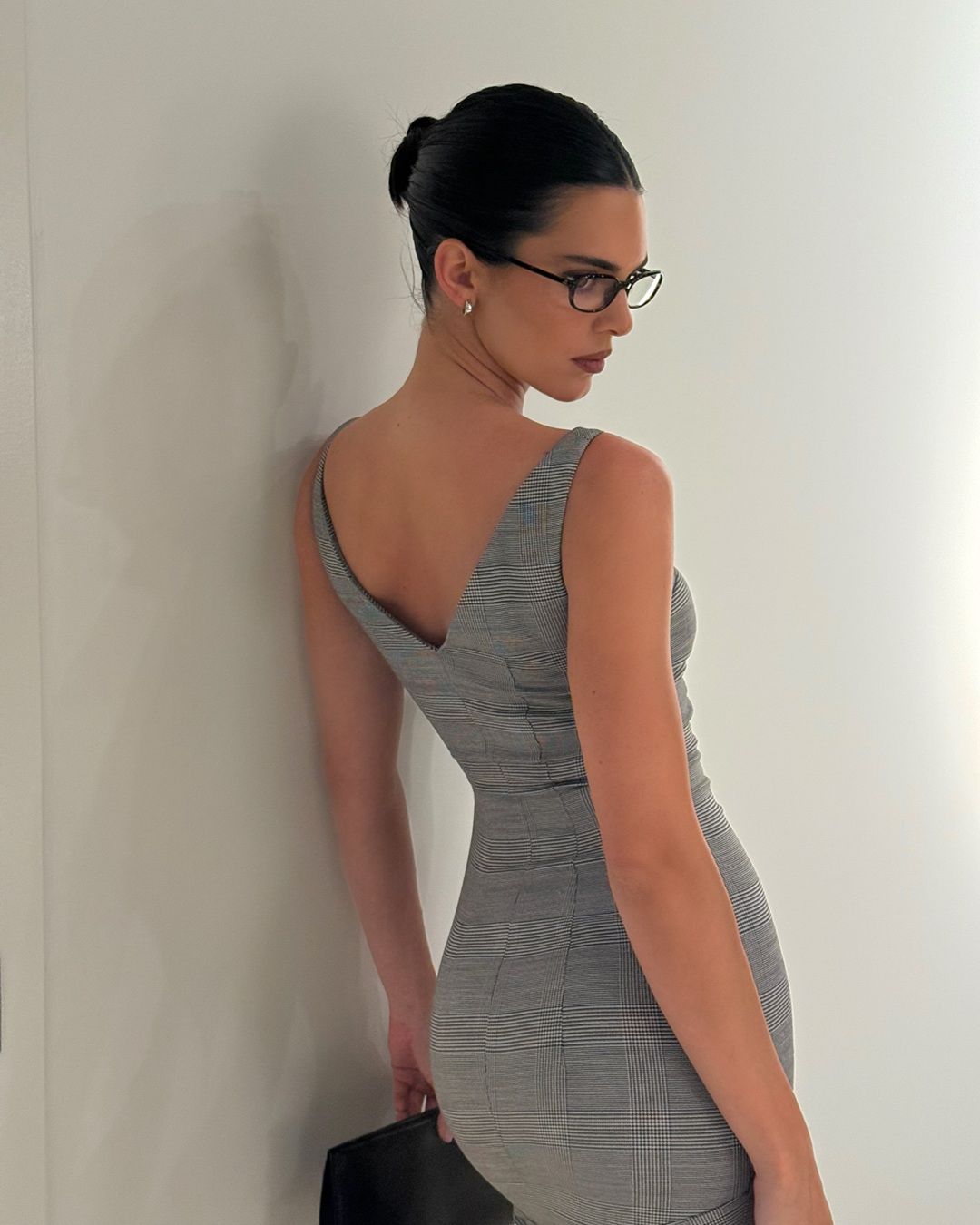
The return of backward hairstyles Between Marie Antoinette and the 2000s
Let's go back to the early 2000s for a moment. The Olsen twins have yet to discover minimalism, Marissa Cooper has just dumped Ryan from Cino for a bartender played by Olivia Wilde, JLo is still Jenny from the Block, and we're all trying to squeeze into our super low-waisted skinny jeans. Among the many (questionable) trends that were raging at the time and have recently been rediscovered by Gen Z is one that's on the horizon again: the backward hairstyle. Call it pouf, poof or bump, but get ready to say goodbye to the center parting and roll up your fringes to create that little bulge on your head, a nest of hair that chirps Y2K.
The first to sport the pouf was the Duchess of Chartres in April 1774, but it was her most prestigious client, Marie Antoinette, who made the hairstyle invented by hairdresser Leonard Autié truly popular throughout Europe. Inspired by the Queen of France, ladies wore increasingly voluminous, complicated and decorated versions of it. The aim is to shape the hair into towering towers, skyscrapers towering over the mediocrity of others erected by ingenious scaffolding of pillows, hairpieces of all kinds, iron wires and pomades made from mixtures of animal fat and perfume. Just add a feather, a shiny trinket and voilà: the magic (or in some cases the torture, because some poufs were so heavy and so high that they did not fit into carriages) is done. Marie Antoinette confirmed herself as an influencer ante litteram, inspiring future reinterpretations of the pouf, hairstyles such as bouffant or beehive.
From the Queen of France to the crowned heads of Hollywood's red carpets, the step is short. In the early 2000s, the pouf, in a decidedly more minimalist version, towered over the heads of Beyoncé, the Olsen twins, Kate Hudson, Hilary Duff and many other celebrities who elected it as the perfect match for their outfits of butterfly tops, skirts worn over trousers and denim-on-denim sets. The Y2K style continues to inspire Gen Z today, who went crazy for this vintage hairstyle after seeing it on Matilda Djerf, the influencer and fashion entrepreneur who has become a hairstyle benchmark with her octopus cut that has garnered thousands of admirers worldwide. When the 26-year-old posted a selfie of herself sporting the pouf, the people of TikTok immediately fell in love with it and made it one of the trends of 2022. The social network is full of videos explaining how to do it and collecting images of other contemporary celebrities who have chosen it for their hair, such as Bella Hadid, Anne Hathaway, Florence Pugh, Devon Lee Carlson or the models of Givenchy SS23 show. And it is precisely the French brand that dictates the rules of the new pouf, which is wider and flatter than those seen in the past.
Now it is up to you to choose whether to rediscover the ottoman and, if so, how high to go. Inspired by Priscilla Presley you can point in the direction of the sky, stay with intermediate volumes more the early 2000s or give just a hint of backcombing as the latest trends want. All we need to know is: how to do the perfect pouf. The technique is clumsy beauty proof (despite what TikTok would have us believe, not all of us are mua and hairstyle professionals). First, we decide whether to leave the rest of the hair loose, make a braid or a ponytail. Then we take a section of hair about 2-3 centimeters wide from the center of the hairline. Once we have gathered a small triangular section, we twist it onto itself and gently push it back towards the face to accentuate the curved effect (more or less, depending on preference). We then secure it with a bobby pin. We can help ourselves with a few sprays of a texturizing spray near the roots and, if we want something more special, we can, instead of using a simple hairpin, choose a special clip or a tres chic bow.
























































